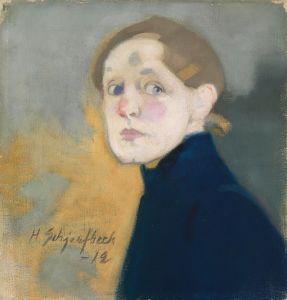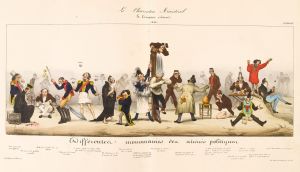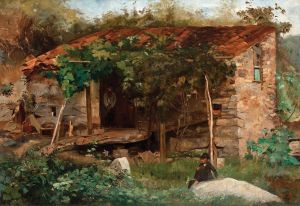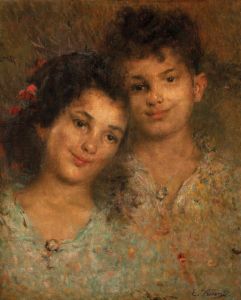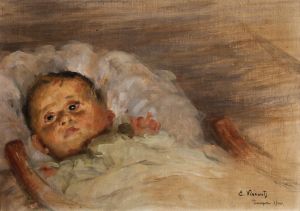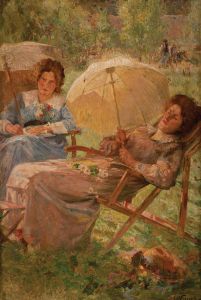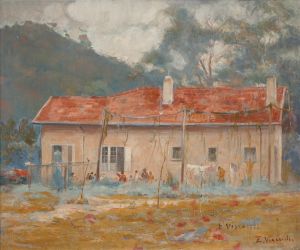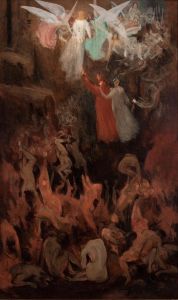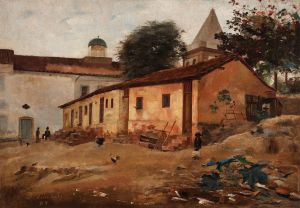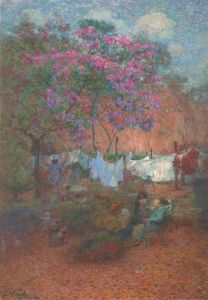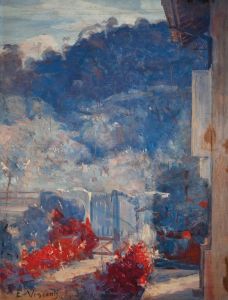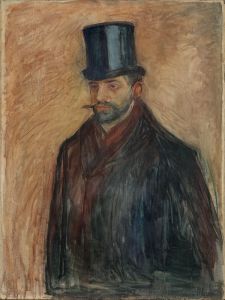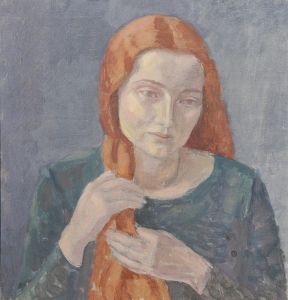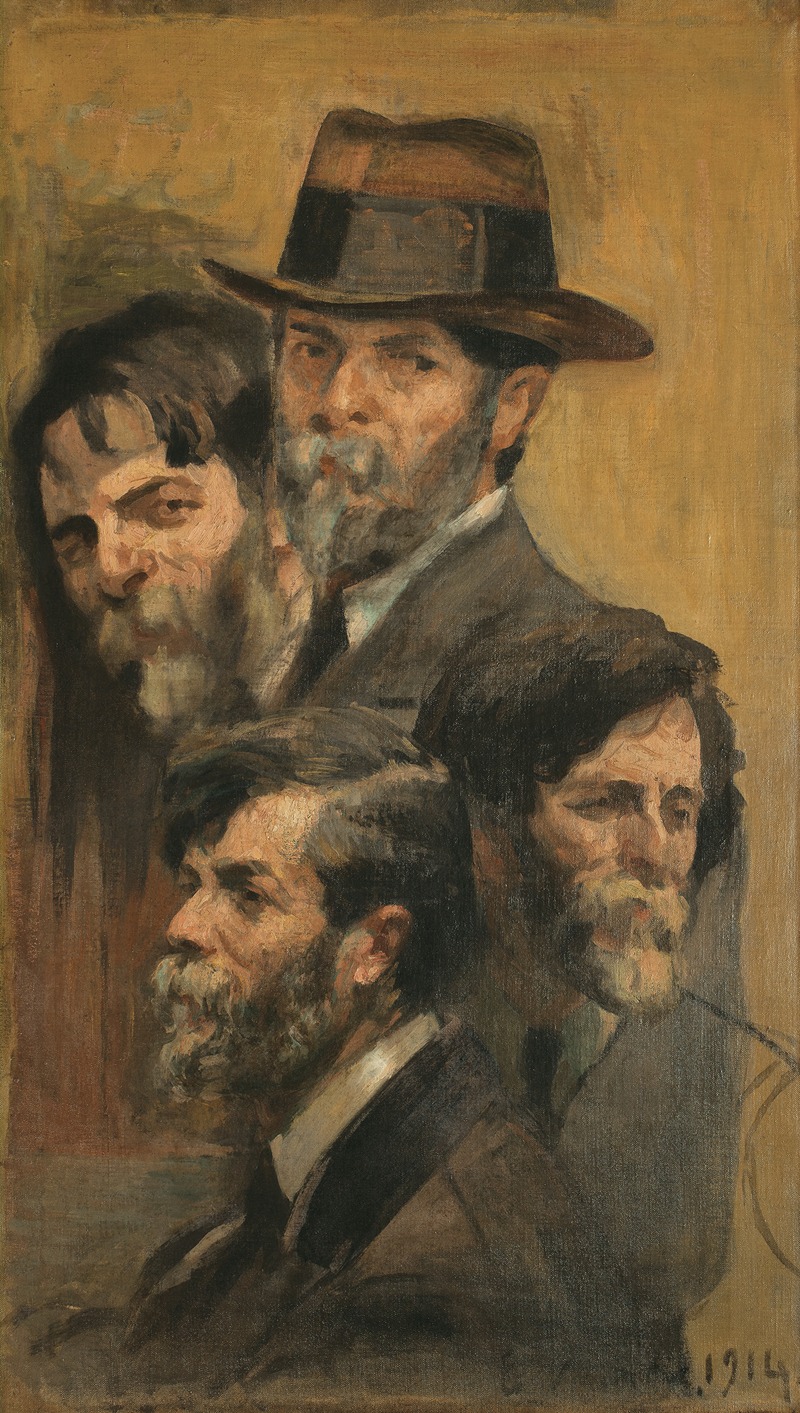
Autorretrato em quatro posições
A hand-painted replica of Eliseu Visconti’s masterpiece Autorretrato em quatro posições, meticulously crafted by professional artists to capture the true essence of the original. Each piece is created with museum-quality canvas and rare mineral pigments, carefully painted by experienced artists with delicate brushstrokes and rich, layered colors to perfectly recreate the texture of the original artwork. Unlike machine-printed reproductions, this hand-painted version brings the painting to life, infused with the artist’s emotions and skill in every stroke. Whether for personal collection or home decoration, it instantly elevates the artistic atmosphere of any space.
Eliseu Visconti, a prominent figure in Brazilian art, created the painting "Autorretrato em quatro posições" (Self-portrait in Four Positions) in 1913. This work is a significant example of Visconti's contribution to the development of modern art in Brazil, showcasing his skill and innovation in portraiture. Visconti was born in Italy in 1866 and immigrated to Brazil at a young age, where he became one of the most influential artists of his time. He is often credited with introducing Impressionism and Art Nouveau to Brazilian art.
"Autorretrato em quatro posições" is notable for its unique composition, featuring the artist in four different poses within a single canvas. This approach reflects Visconti's interest in exploring multiple perspectives and his ability to capture the complexity of human expression. The painting is executed with a keen attention to detail, demonstrating Visconti's mastery of color and form. Each of the four self-portraits presents a different angle and expression, offering a multifaceted view of the artist's persona.
Visconti's work often incorporated elements of Impressionism, characterized by loose brushwork and an emphasis on light and color. In "Autorretrato em quatro posições," these techniques are evident in the way he captures the subtle variations in skin tone and the play of light across his features. The painting also reflects Visconti's engagement with Art Nouveau, seen in the fluid lines and harmonious composition that unify the four portraits.
The painting is housed in the Museu Nacional de Belas Artes in Rio de Janeiro, which holds a significant collection of Visconti's works. This institution plays a crucial role in preserving and promoting Brazilian art, and Visconti's paintings are among its most prized holdings. "Autorretrato em quatro posições" is an important piece within this collection, offering insight into the artist's self-perception and his innovative approach to portraiture.
Eliseu Visconti's influence on Brazilian art extends beyond his paintings. He was also an accomplished designer and educator, contributing to the development of decorative arts and design in Brazil. His work in theater set and costume design, as well as his involvement in art education, helped shape the cultural landscape of early 20th-century Brazil. Visconti's legacy is evident in the continued appreciation of his work and his impact on subsequent generations of Brazilian artists.
In summary, "Autorretrato em quatro posições" by Eliseu Visconti is a remarkable example of early 20th-century Brazilian art, reflecting the artist's innovative approach to portraiture and his mastery of Impressionist and Art Nouveau techniques. The painting remains a testament to Visconti's skill and his significant contribution to the cultural heritage of Brazil.





